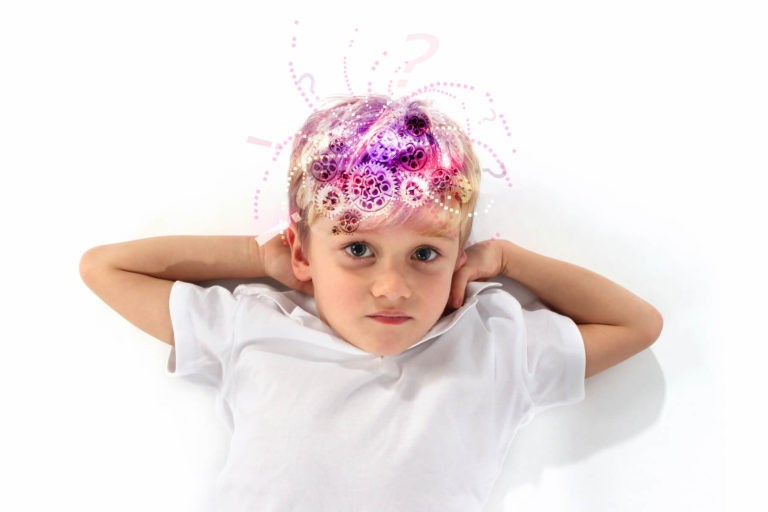Enhancing working memory is vital in the learning process of all classrooms. There are many ways to enhance working memory in the classroom, and it is essential for teachers to utilize these strategies for more efficient learning retention. With current research-based strategies, teachers have a plethora of ideas to optimize the learning process and increase working memory.
What is Working Memory?
Working memory is one of the brain’s executive functions and is often referred to as a sticky note in the brain. It is a cognitive system with a limited capacity; an example of this would be hearing a phone number and trying to remember it. It is important for reasoning, decision-making, and formulating a plan of action. For example, the shorter the working memory, the more repetition is required. If teachers can increase it, the students can learn and retain more information.
When you are younger, working memory can be improved or increased. As you get older, it starts to decline. You must keep learning new things and doing activities to keep the working memory active. Working memory is the capacity to know or learn new information. Information is collected by our senses, and therefore multisensory learning is so vital.
How can Working Memory be Enhanced?
Working memory can be enhanced by utilizing the right tools and techniques in the classroom and in general. Too much information is the enemy of working memory. Working memory enables learners to hold pieces of information in the mind and manipulate them, and it’s often referred to as a mental workspace. It helps students stay focused and stay abreast of their surroundings. Games and exercises, such as multisensory activities, are the best way to increase working memory, and examples are listed below.
Ways to Optimize Working Memory
Connecting New Lessons to Prior Knowledge
Activating prior knowledge is a strategy, and it makes it easier to learn when you know one abstract concept and use the context to understand more about specific topics. Prior knowledge is a framework in which you can build new skills and better retain information. Teachers should find out what their students already know about specific skills, and this helps maximize time and energy on teaching new ideas.
This technique forces students to retrieve information they already know and improves efficacy in what they need to learn. This process helps prime the brain and distinguish between what they already know and need to learn. Learning is a process of making connections in all subject areas. Students’ confidence and belief in themselves is increased during this type of simulation.
Brain Breaks
Brain breaks are necessary in the classroom for all ages. The brain is not at rest during these breaks but is in default mode where it works on other crucial learning tactics. Many of these are consolidating memories, making connections, and making sense of complex information. Without breaks, we simply do not learn as well. Brain breaks allow students to regain focus and are especially important for younger students. Our brains do not function efficiently if they are overloaded, and it is crucial to incorporate breaks during the school day.
Active brain breaks are useful and allow students to boost their mood, increase motivation, and improve cognitive functioning. Students also need time to interact and be social with each other, which allows students to be creative and stimulates curiosity. This process allows growth in the hippocampus in the brain.
GoNoodle is a free educational online resource that is perfect for offering brain breaks in classrooms. The database has workout, dancing, stretching, and mindfulness videos that are conducive to all ages and interests.
Multisensory Lessons
This type of learning allows students to learn optimally as their brains have preferences and strengths. Teachers must be cognizant of how information is brought into the classroom, as we all have a variety of learning modalities. The types of multisensory learning are visual, auditory, tactile, and kinesthetic. Utilizing the learning pathways while teaching helps ensure knowledge moves from short-term to long-term memory. This dramatically increases the ability for skill retention and positive learning outcomes. Teachers should teach lessons they enjoy, and students will be excited too!
Chunking
This involves taking larger pieces of information and breaking them down into smaller parts. This is when it takes information from working memory into long-term memory. Students can identify patterns or group items to see the larger picture. The information is then stored and accessed without a lot of mental effort and helps them remember things more easily. When teachers introduce skills with this technique, things are grouped together and stored in a similar way. Students create associations, and it becomes easier to recall what they need to know which by-passes the limited capacity of working memory.
Have Students Teach Lessons
Learners remember 90% of what they teach others. Teaching a lesson is a perfect example of how students retain almost all of what they are supposed to know. Peer tutoring is another example of students teaching a lesson. This is one of the most effective ways to enhance working memory since the information must be learned first and then taught to others; there is a deeper understanding of the subject matter.
Routines and Checklists
Students need routines and checklists in the classroom. These components of classroom management allow everyone to feel successful as a part of the classroom community. Establishing routines and incorporating checklists requires explicit teaching and oftentimes the use of visuals. Teachers must discuss this and model how it will work every day. Consistency and intentional practice make students feel safe and allows their working memory to increase: e.g., putting up materials, handing in homework, and how to perform daily classroom duties.




